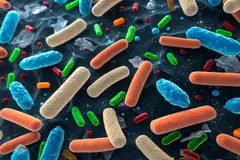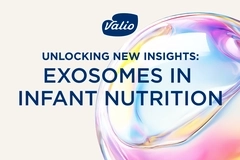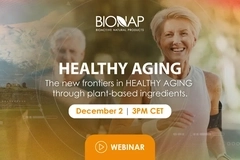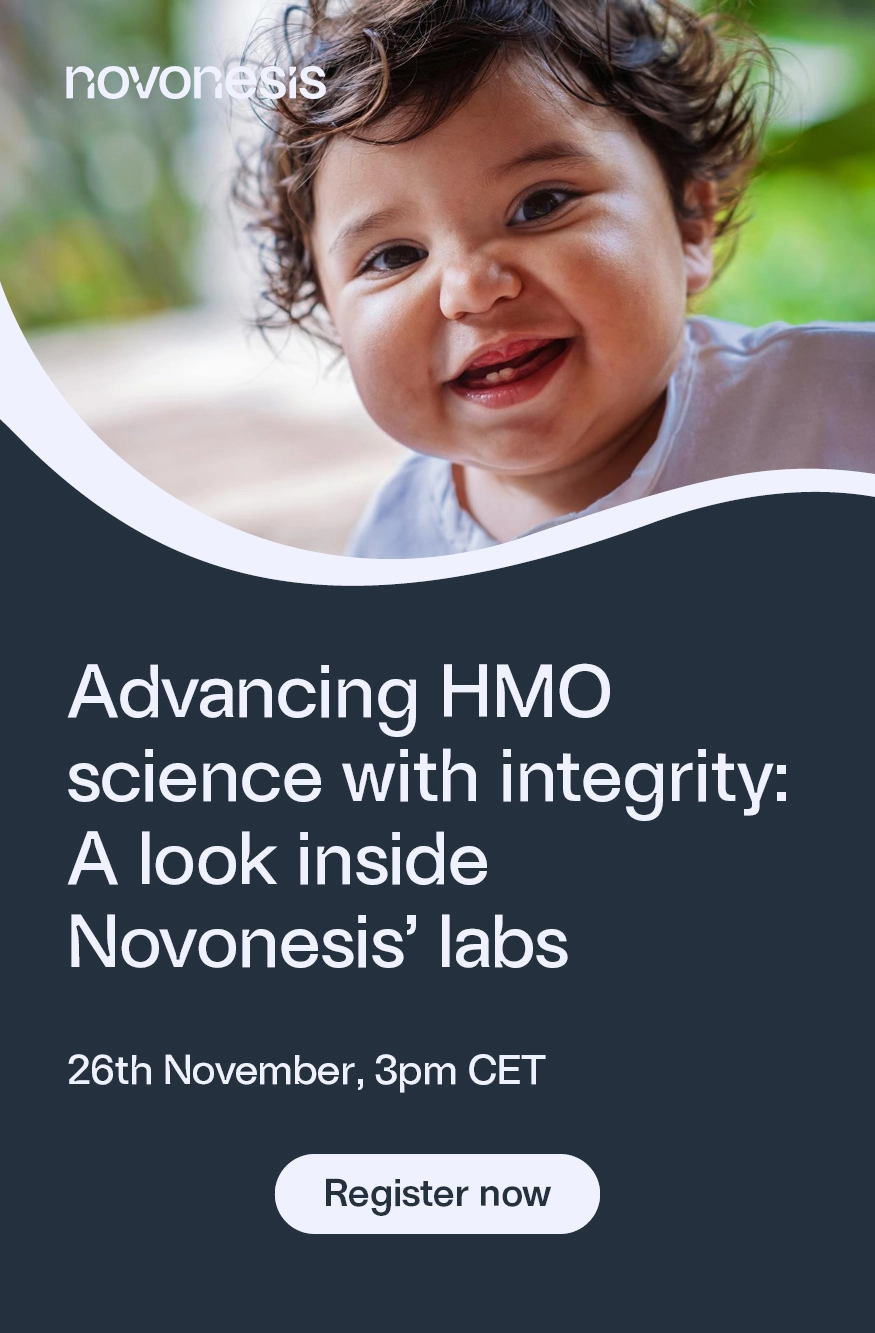Microplastics alter gut microbiome with patterns linked to depression and colorectal cancer
Key takeaways
- Microplastics can alter the gut microbiome, changing acidity and bacterial balance.
- These microbial shifts mirror patterns seen in depression and colorectal cancer.
- Researchers warn that daily microplastic exposure may have long-term health effects.
New research finds that microplastics can change the human gut microbiome, causing patterns linked to depression and colorectal cancer. The gut microbiome is a major focus in nutrition, as it holds the key to overcoming several health issues.
The study, conducted under the CBmed research center and its international partners’ microONE research project, is touted to be among the first to directly study how different types of microplastics interact with the human gut microbiome.
The researchers examined stool samples from five healthy volunteers, which were used to grow ex vivo gut microbiome cultures exposed to common microplastics. They found that the total bacterial number remained stable. However, acidity levels in microplastic-treated cultures decreased, indicating a shift in microbial activity.
This was seen in bacterial families like Lachnospiraceae, Oscillospiraceae, Enterobacteriaceae, and Ruminococcaceae, corresponding to pH shifts. The majority of these are found in the gut, and they are essential for digestion and gut health.
Changes linked to disease patterns
The stool samples were exposed to polystyrene, polypropylene, low-density polyethylene, poly(methyl methacrylate), and polyethylene terephthalate at levels that reflect estimated human exposure, the researchers explain.
They were also exposed to these microplastics at higher concentrations to examine dose effects.

The researchers detail that some microplastics changed valeric acid, 5-aminopentanoic acid levels, lysine, or lactic acid, reflecting the complex interactions between microplastic-microbiome interactions.
They express concerns as the changes induced by microplastics are similar to microbial composition patterns linked to diseases, warning of the potential implications of these pollutants on disease risk.
Lead author Christian Pacher-Deutsch explains: “At this stage, the exact pathways remain unclear, but several plausible explanations are emerging.”
“Microplastics may change microbial composition by creating physical or chemical environments that favor certain bacteria. For instance, biofilms can form on microplastic surfaces, providing new niches that some microbes colonize more rapidly.”
Microplastics disrupt the microbiome
Microplastics are tiny pieces of plastic smaller than 5 mm that have spread extensively in ecosystems and bodies.
“Microplastics may also carry chemical substances that directly influence bacterial metabolism,” says Pacher-Deutsch. “This can lead to changes in acid production, which may serve as a bacterial stress response, unintentionally altering the gut’s pH. These shifts could then trigger feedback loops that further affect the balance of the microbiome.”
“These findings are significant given how pervasive microplastic exposure is in everyday life. Microplastics have been found in fish, salt, bottled water, and tap water, meaning that most people are exposed daily through ingestion, inhalation, and skin contact.”
Plastics have been detected in most categories of consumed foods, drinking water, and human breastmilk and feces, with oral ingestion as the primary source of exposure to microplastics. A previous study found its harmful impact on gut microbiota in aquatic and terrestrial animal and mouse models, promoting intestinal dysbiosis, metabolic perturbed functions and an inflammatory gut environment, and systemic effects, of which the long-term consequences remain unclear.
“The key takeaway is that microplastics do have an impact on our microbiome. While it’s too early to make definitive health claims, the microbiome plays a central role in many aspects of well-being, from digestion to mental health. Reducing microplastic exposure where possible is therefore a wise and important precaution,” Pacher-Deutsch concludes.
















